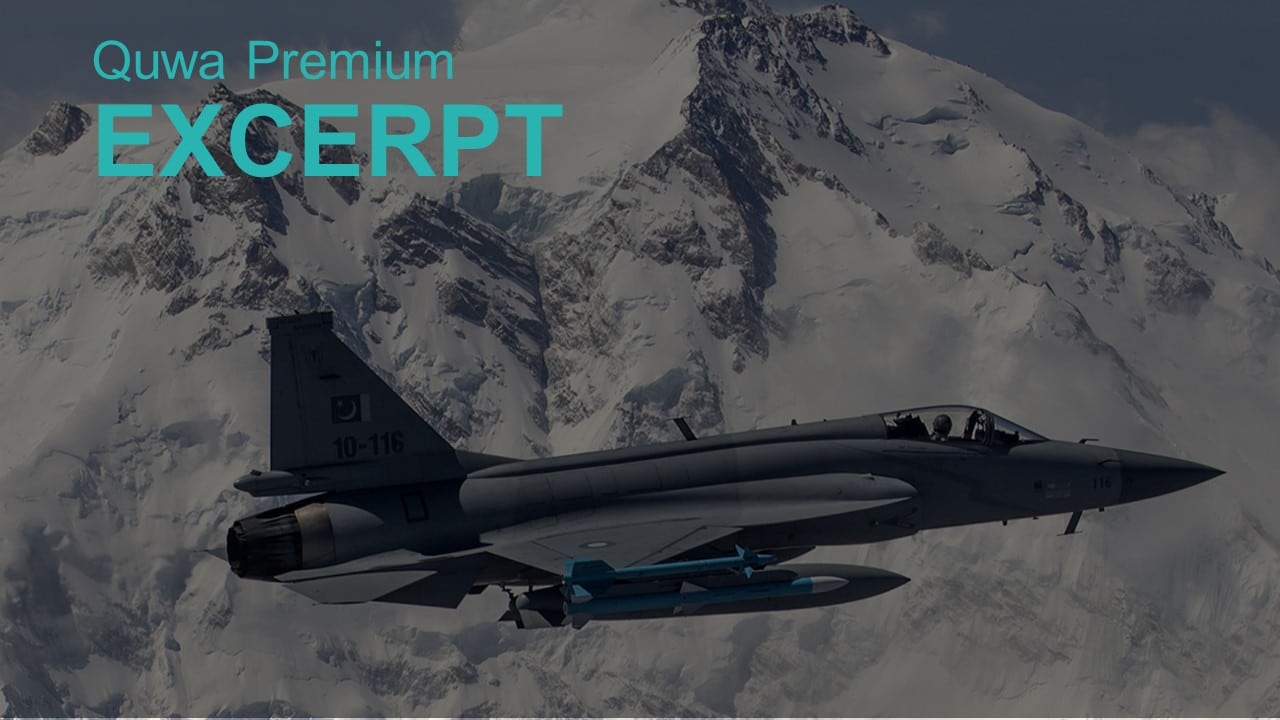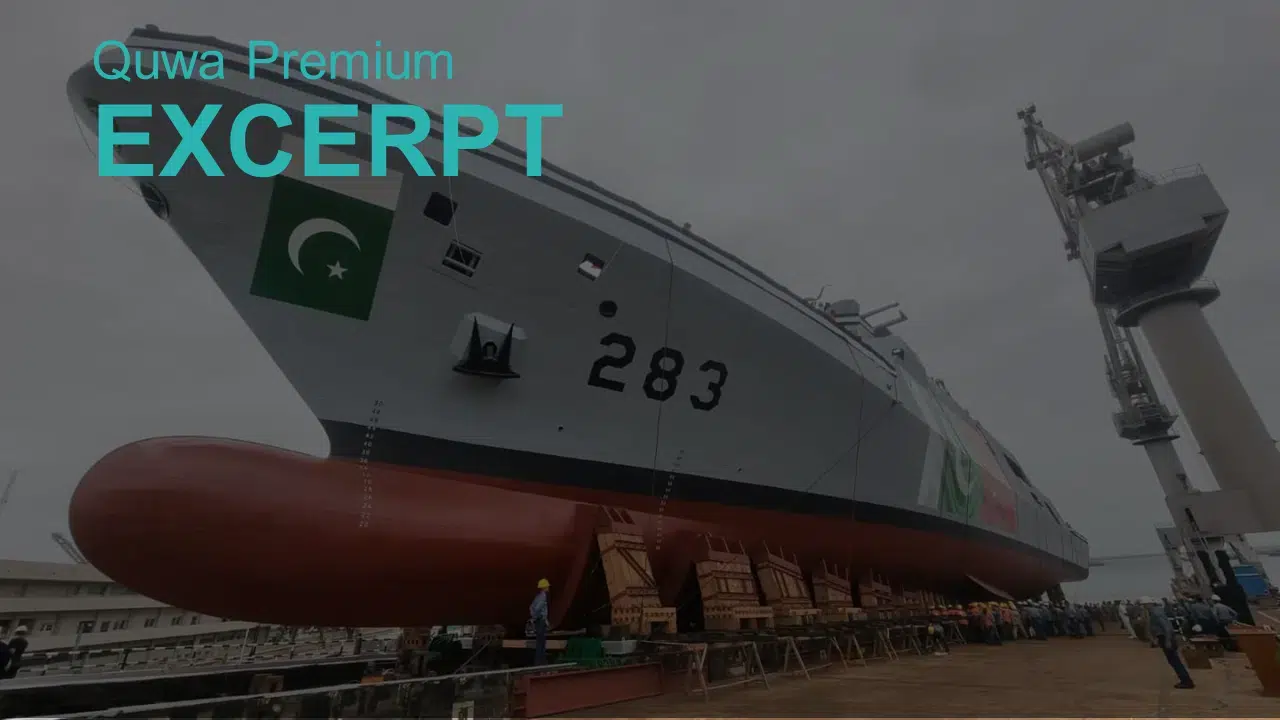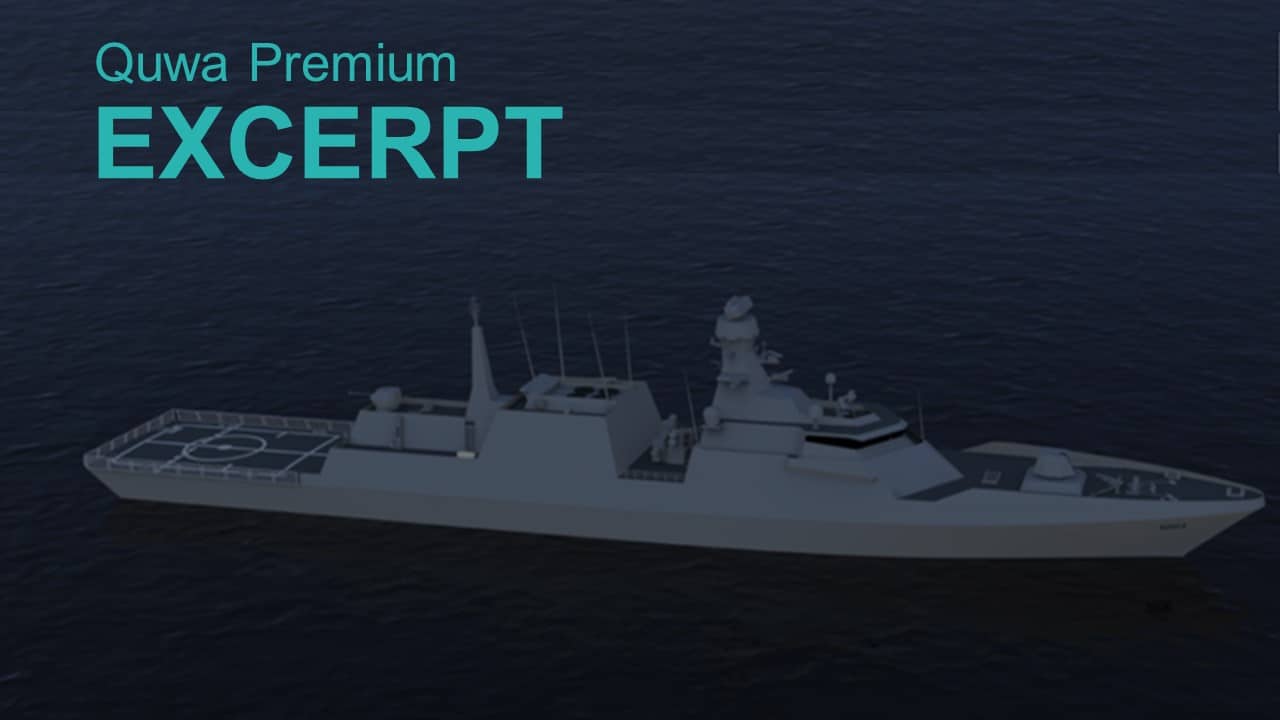2759Views

Analysis: The JF-17’s Unique Value Proposition on the Market
Argentina’s draft budget requested $664 million USD for the purchase of 12 new multi-role aircraft. The Argentine Air Force has yet to make a final decision, but the JF-17 is still among the aircraft (among five) Buenos Aires is considering. Pakistan had also been marketing the JF-17 to Azerbaijan and Malaysia, and reports also emerged of Iraq showing interest, but these have yet to be verified.
That said, the uptick in overseas interest in the JF-17 would not be surprising. The multirole fighter is now evolving past its identity as a ‘low-cost option’ into a rare – if not unique – combat asset.
The JF-17 Block-3 is driving the growth through its incorporation of an active electronically scanned array (AESA) radar, an integrated electronic countermeasures (ECM) suite, a helmet-mounted display and sight (HMD/S), and plethora of new air-to-air and air-to-surface munitions.
While there are numerous high-cost Western aircraft on the market on offer (theoretically) with these capabilities, the options that offer as much as the JF-17 Block-3 without ITAR (International Traffic in Arms Regulations) inputs narrow down to three or four aircraft from China and Russia.
These alternatives include the J-10CE, MiG-35 and the Su-35 – though the latter two may not include as many as the same types of electronics (such as a modern HMD/S) as the JF-17 Block-III and J-10CE. Oddly, the JF-17’s ‘biggest’ direct competitor from a budget-sensitive, ITAR-free perspective is the J-10CE. But in that scenario, the JF-17 still costs less and offers a service record in multiple countries (Pakistan, Myanmar, and Nigeria), while the J-10CE’s export record is only just scratching the surface.
JF-17 Block-3: Burgeoning Capability
The JF-17 Block-3 will be among the Pakistan Air Force’s (PAF) new qualitative drivers. This basically means that the Block-3 will introduce new technologies to the PAF combat aircraft fleet.
Chief among these gains is the induction of an AESA radar, which will boost the PAF’s electronic counter-countermeasures (ECCM) capabilities. ECCM is a means to protect one’s own radars from falling victim to enemy ECM techniques – such as radar-spoofing – and triggering electronic warfare (EW) instruments, such as enemy radar warning receivers (RWR). AESA radars achieve these capabilities through their large numbers (i.e., around 1,000) transmit/receive modules (TRM), which basically function as small individual radars, each with their own frequency and ability to change frequencies with each pulse…
End of Excerpt (386/1,461 words)
You can read the complete article by logging in (click here) or subscribing to Quwa Premium (click here).
Want More Information on the Pakistan Air Force? Check Out:


